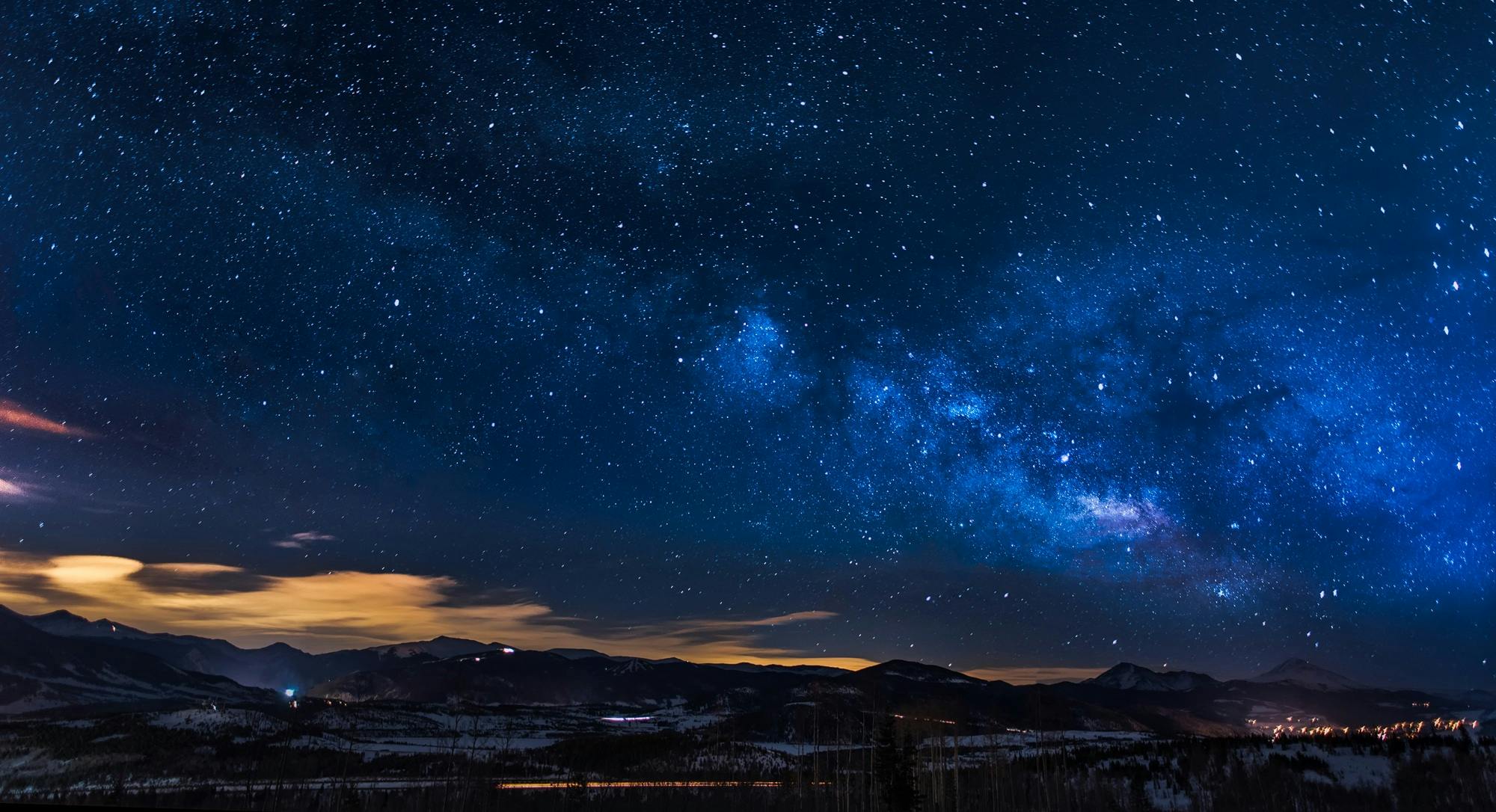Early Friday morning, skywatchers will have the opportunity to observe a notable astronomical event: the alignment of Mercury, Venus, and Saturn alongside a slender crescent moon.
The phenomenon is expected to be most visible about 45 minutes before sunrise, low in the eastern sky. Venus and Saturn will be the easiest to spot, while Mercury will appear lower on the horizon — bright but requiring a clear view to observe properly.
Such alignments, often called “planetary parades,” occur when multiple planets become visible to the naked eye in a relatively straight line. Several of these events are expected in 2025, including another in August when Mercury, Venus, Jupiter, and Saturn will be simultaneously visible.
April also brings additional highlights for astronomy enthusiasts. The Lyrid meteor shower, active this week, is producing bright meteors and occasional fireballs across the night sky.
Another noteworthy object currently visible is Messier 3 — a dense, ancient globular cluster located about 34,000 light-years from Earth. Estimated to be between 11 and 13 billion years old, it can be found by looking about one-third of the way from Arcturus to Cor Caroli, two prominent stars. With binoculars, M3 appears as a faint, fuzzy patch; small telescopes reveal a more defined glow, while larger telescopes can resolve hundreds of individual stars.







